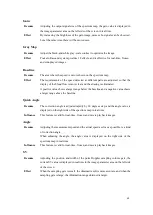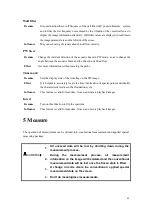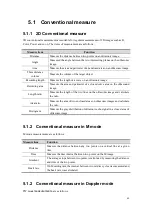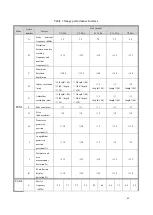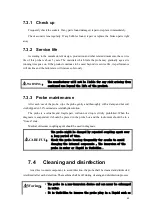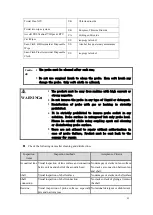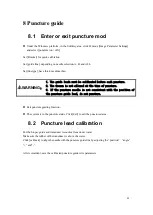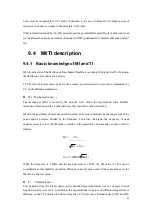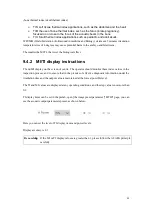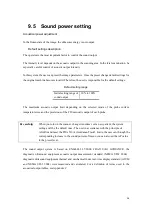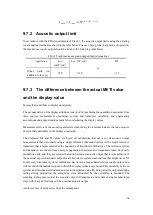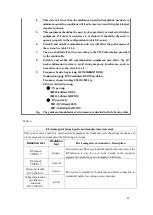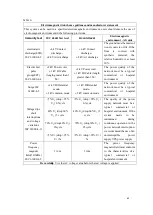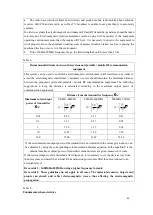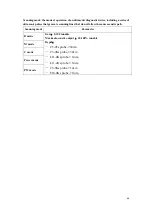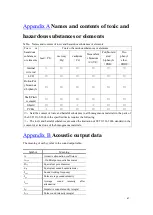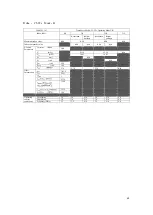
54
Users must be responsible for the safety of patients, to the use of ultrasonic, the output power of
ultrasonic to choose according to the principle of ALARA.
Other information about the ALARA principle and the potential biological effects of ultrasound, can
see the Research Institute of medical ultrasound (AIUM) published the "medical ultrasound safety"
file.
9.4 MI/TI description
9.4.1 Basic knowledge of MI and TI
MI: An indication of the likelihood of mechanical bioeffects occurring: the higher the MI, the greater
the likelihood of mechanical bioeffects.
TI: The ratio of total acoustic power to the acoustic power required to raise tissue temperature by
1°C under defined assumptions.
⚫
MI
(
Mechanical index
):
The mechanical effect is caused by the acoustic wave within the organization micro bubbles,
increasing vibration and the results diabrosis, this reaction is called cavitation.
MI said the possibility of pressure cavitation effect, MI value is obtained by the square root of the
peak negative pressure divided by the frequency. Therefore, the higher the frequency or peak
negative pressure is low, the MI value is smaller, so the possibility of generating cavitation effect is
smaller
。
.
MI
=
P
r,
awf
f
C
MI
C
MI
= 1 (MPa
/
MHz
)
When the frequency is 1 MHz and the peak pressure is 1 MPa, the MI value is 1 MI can be
considered as a threshold for cavitation. When gas and soft tissue exist at the same time to set the
MI value to the low value.
⚫
TI
(
Thermal index
):
TI is determined by the total acoustic power and the tissue temperature rise of 1 degrees Celsius
required sound power ratio. In addition, the organizational structure of different temperature is
different, so the TI is divided into three categories: TIS (soft tissue thermal index (TIB), and TIC

